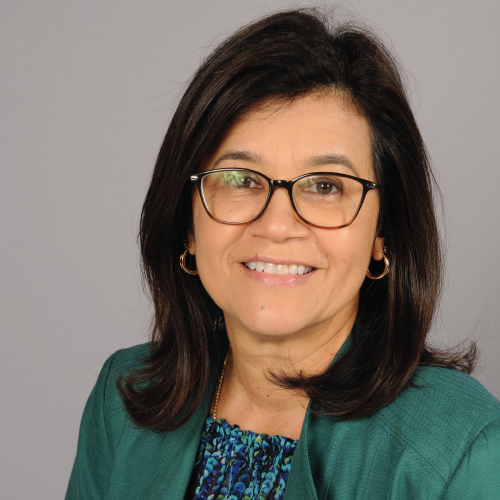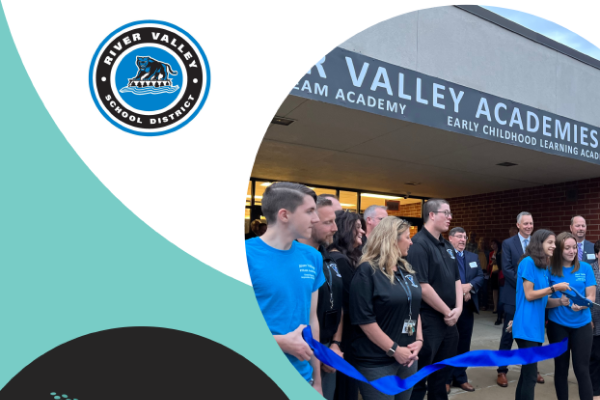Let’s Move Beyond the Carnegie Unit
March 01, 2024
President's Corner
The concept of the Carnegie Unit, or seat time, and its relevance as a measurement of educational engagement has long been a subject of debate. It is time to critically examine its applicability in the 21st century.
In December 2022, Timothy Knowles, president of the Carnegie Foundation, announced an initiative to replace the Carnegie Unit as the essential measure of learning in schools. This move is long overdue as this unit was created for universities interested in participating in the foundation’s pension system (now known as TIAA-CREF), not as the currency guiding pre-K-12 operations and practices 118 years later.
Likewise, much of our high school curriculum remains tethered to the liberal arts education recommended in 1892 by the Committee of Ten. As a result, American education continues to be defined and stifled by dated mindsets.
As Education Secretary Miguel Cardona aptly stated, the pandemic presented an unprecedented “moment to hit the reset button” and move beyond the pre-2020 educational landscape. The extended crisis has allowed us to rethink and refocus on much-needed progress and improvements.
In our ever-evolving landscape, it is crucial to question outdated norms and explore innovative approaches. It is time to reconsider the rigid constraints of seat time and explore other models that accommodate students’ varied learning styles and diverse needs.
The traditional system was established during an era when uniformity was the norm. Today, it is important to recognize that personalization makes one-size-fits-all approaches increasingly irrelevant. Moving beyond seat time is not about abandoning structure or rigor. Rather, it is about redefining engagement and personalized approaches. The growing popularity of homeschooling is a testament to the limitations of the traditional system, with parents seeking alternatives that provide flexibility and personalization.
The New York State Education Department has spent several years reviewing its graduation measures. A 64-member commission has recommended numerous changes for reimaging graduation requirements, including one that would allow students to graduate in three to six years, depending on their abilities.
Some of our students have graduated in just two years after completing their requirements, and we have several juniors who have not only satisfied graduation requirements but also simultaneously earned an associate degree. We see that students thrive when they are given the flexibility to chart their unique educational journeys.
We also see that the traditional model overlooks the rich learning experiences happening outside the four walls of our classrooms and the impact of technology. The rise of technology further underscores the need to transcend seat-time constraints. Online learning platforms and personalized learning tools, including AI-powered solutions, offer avenues for education that were nonexistent when the Carnegie Unit was introduced. These advancements provide flexibility and adaptability, allowing students to access quality education on their own terms and at their own pace.
Providing schools with flexibility is not about abandoning structure but rather redefining it. We must study successful models implemented by others and design assessments focusing on mastery of content and useful skills rather than seat time.
It is time to redefine and diversify our educational approaches — from teaching and assessment methods to organizational structures — for a more effective and innovative learning environment that reflects the future, not our past. Moving beyond seat time will not be easy, but it is crucial for empowering our students and education systems.
Gladys Cruz is AASA president in 2023-24.
Author
Advertisement
Advertisement
Advertisement
Advertisement




